Introduction
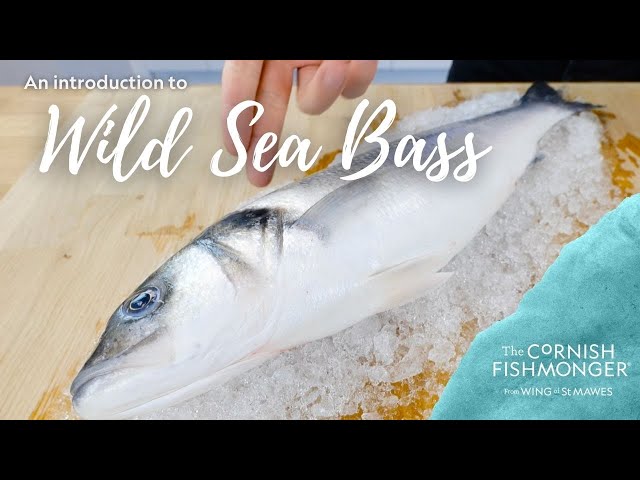
Sea bass is a highly sought-after fish known for its delicate flavor and versatile culinary uses. With its tender, moist, and buttery texture, sea bass is a favorite among seafood enthusiasts and a great introduction for those looking to venture into seafood. This flavorful fish is popular for sushi, and its popularity extends to various cuisines around the world. Packed with essential nutrients like protein, omega-3 fatty acids, and vitamin B12, sea bass offers not only a delicious dining experience but also numerous health benefits. In this article, we will explore the different types of sea bass, the best cooking methods, its nutritional value, and the sustainability of sourcing this delectable fish.
Definition Of Sea Bass And Its Popularity
Sea bass is a type of fish characterized by its elongated body shape, large head and mouth, tight scales, and broad fork-less tail. It is a highly popular fish among seafood enthusiasts due to its delicate flavor and versatile culinary uses. Sea bass is known for its tender, moist, and buttery texture, making it a favorite in various cuisines around the world. Whether grilled, baked, or pan-seared, sea bass offers a delectable dining experience. Its popularity extends to sushi as well, where it is appreciated for its fresh taste and smooth texture.
Nutritional Benefits Of Sea Bass
Sea bass is not only delicious but also packed with essential nutrients that promote overall health. It is a rich source of high-quality protein, which is vital for muscle growth and repair. Sea Bass is also a good source of omega-3 fatty acids, which are beneficial for heart health, reducing inflammation, and supporting brain function. Additionally, it contains important minerals such as selenium, potassium, and magnesium, which help regulate blood pressure and support the immune system. Including sea bass in your diet can contribute to a well-rounded and nutritious meal plan.
Types Of Sea Bass
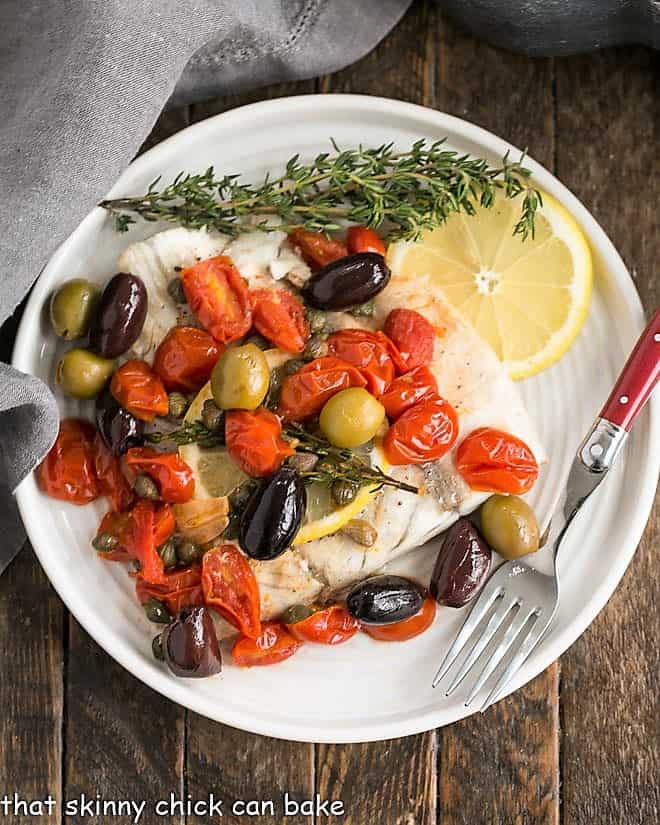
Sea bass comprises multiple variants, each with its own distinct characteristics. The two main types of sea bass are European sea bass and Asian sea bass. European sea bass, also known as Dicentrarchus labrax, is native to the Mediterranean Sea and Atlantic coastlines. It has a delicate and slightly sweet flavor with firm and white flesh. Asian sea bass, also called barramundi or Asian seabass, is popular in Southeast Asia and Australia. It has a mild and buttery flavor with a moist and tender texture. Both types of sea bass offer a unique culinary experience.
European Sea Bass Characteristics
European Sea Bass, scientifically known as Dicentrarchus labrax, is a popular variant native to Europe’s western and southern waters and Africa’s northern coast. It boasts pinkish meat when raw, which turns into opaque white when cooked. With its finely textured and flaky meat, European Sea Bass offers a lean and mild flavor that is both sweet and delicate. This makes it a versatile fish that can be cooked in various ways, including baking and roasting. Its distinct characteristics contribute to the unique culinary experience it offers.
Asian Sea Bass Differences And Flavor Profile
Asian Sea Bass, also known as Barramundi, is a popular variant found in the waters of Asia and Australia. It differs from European Sea Bass in terms of flavor and texture. Asian Sea Bass has a firmer texture and a richer flavor compared to its European counterpart. The flesh is succulent and has a buttery taste with a hint of sweetness. It has a mild, delicate aroma, making it a favorite choice in Asian cuisine. Asian Sea Bass pairs well with a variety of Asian spices and sauces, enhancing its unique flavor profile.
Cooking Sea Bass
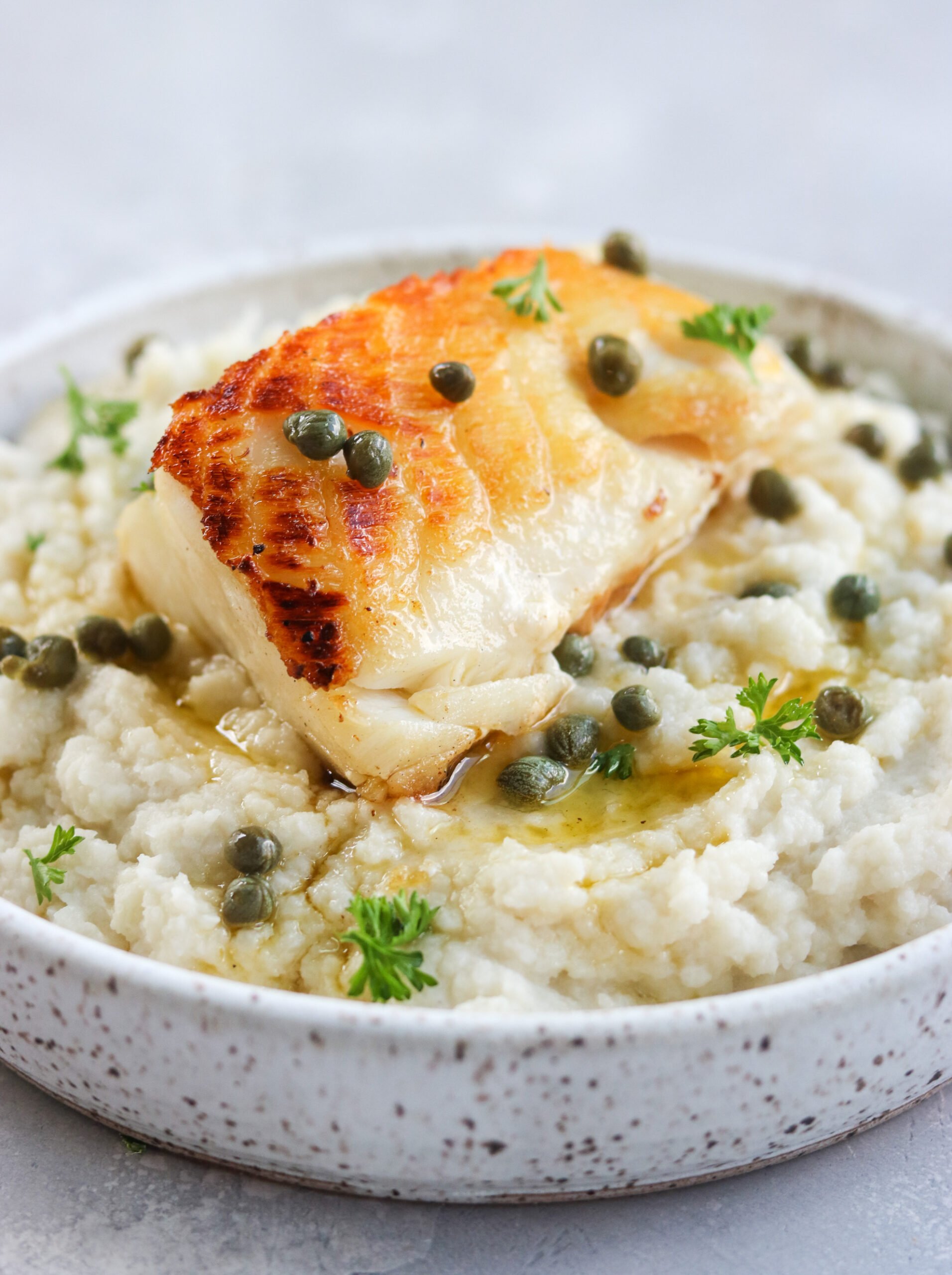
When it comes to cooking sea bass, there are various methods to bring out its delicious flavors and textures. One popular way is to grill or bake it. Grilling sea bass gives it a nice smoky flavor and crispy exterior, while baking keeps the flesh moist and tender. Another option is to pan-sear sea bass for a crispy skin and delicate flaky meat. Seasonings like garlic, lemon, and herbs like thyme or dill complement the natural taste of sea bass perfectly. Whether you choose to grill, bake, or pan-sear, sea bass is a versatile fish that can be enjoyed in a variety of dishes.
Best Cooking Methods For Sea Bass
There are several cooking methods that bring out the best flavors and textures of sea bass. Grilling or baking sea bass gives it a smoky flavor and crispy exterior while keeping the flesh moist and tender. Pan-searing sea bass creates a crispy skin and delicate, flaky meat. Whether you choose to grill, bake, or pan-sear, it is important to season the sea bass with complementary flavors such as garlic, lemon, or herbs like thyme or dill. These cooking methods allow the natural taste of sea bass to shine through and create a deliciously satisfying dish.
Seasoning And Flavor Pairings For Sea Bass Dishes
When it comes to seasoning and flavor pairings for Sea Bass dishes, there are several options to enhance its delicate taste. Lemon and garlic add a refreshing and zesty flavor to the fish, while thyme and rosemary provide a herbal and earthy taste. Parsley and dill bring a brightness to the dish, and paprika adds a subtle smokiness. Black pepper adds a touch of heat and complements the natural flavors of the sea bass. These seasonings can be used individually or combined to create a unique and delicious flavor profile for your Sea Bass dishes.
Health Benefits Of Sea Bass

Sea Bass offers numerous health benefits, making it an excellent choice for incorporating into your diet. Packed with protein, it helps in building and repairing tissues. Additionally, Sea Bass is rich in omega-3 fatty acids, which are essential for heart health and reducing inflammation in the body. These fatty acids also support brain function and can improve cognitive abilities. Sea Bass is also a great source of vitamin B12, which is important for nerve function and the production of red blood cells. Including Sea Bass in your meals can contribute to a well-rounded and nutritious diet.
Omega-3 Content In Sea Bass
Sea Bass is a rich source of omega-3 fatty acids, which are essential for maintaining good health. Omega-3s are known for their numerous benefits, including reducing inflammation in the body and supporting heart health. Consuming foods high in omega-3s, like Sea Bass, can help lower the risk of heart disease and improve overall cardiovascular health. These fatty acids also play a crucial role in brain function and can enhance cognitive abilities. Including Sea Bass in your diet is a great way to boost your omega-3 intake and enjoy its many health benefits.
Impact Of Sea Bass On Heart Health
Sea Bass has a positive impact on heart health due to its high omega-3 fatty acid content. These healthy fats have been shown to reduce inflammation, lower blood pressure, and improve overall cardiovascular function. Omega-3s also help to lower triglyceride levels and prevent the formation of blood clots, reducing the risk of heart disease and stroke. Incorporating Sea Bass into your diet can provide the essential nutrients needed for a healthy heart and contribute to a well-rounded, heart-healthy eating plan.
Sustainability Of Sea Bass
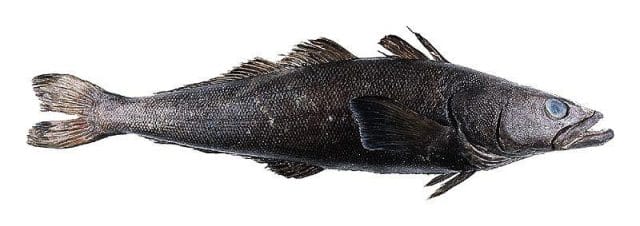
Sustainability is a crucial aspect to consider when consuming seafood. In the case of sea bass, it is important to understand the different options available and their impact on ocean ecosystems.
Farmed sea bass, also known as aquaculture, has been developed as a sustainable alternative to wild-caught sea bass. This method allows for controlled breeding and reduces the strain on wild populations. Additionally, sustainable farming practices minimize the use of antibiotics and chemicals, ensuring the well-being of the fish and the environment.
However, it is still important to be cautious and choose sea bass that comes from reputable and certified sources. This ensures that the fish are raised in an environmentally responsible and ethical manner. By making informed choices, consumers can support the sustainability of sea bass and contribute to the long-term health of our oceans.
Farming Vs. Wild-caught Sea Bass
Farming sea bass, also known as aquaculture, has emerged as a sustainable alternative to wild-caught sea bass. The farming industry allows for controlled breeding and harvesting, reducing the strain on wild populations. On the other hand, wild-caught sea bass is harvested directly from its natural habitat. While wild-caught sea bass may have a more robust flavor and texture, farmed sea bass offers consistent quality and availability throughout the year. Consumers should consider factors such as sustainability, environmental impact, and certification when making their choice for sea bass.
Environmental Concerns And Sustainable Practices
Environmental concerns around sea bass include overfishing, habitat destruction, and the impact of fishing practices on other marine species. To address these concerns, sustainable practices have been implemented in sea bass farming and wild-caught fishing. Sustainable aquaculture systems aim to minimize environmental impact, ensuring that sea bass is raised in ethically managed conditions. Additionally, fishing regulations and certification programs help control fishing levels and protect the marine ecosystem. Consumers can support sustainable practices by choosing certified and responsibly sourced sea bass, promoting conservation efforts and the long-term health of sea bass populations.
Conclusion
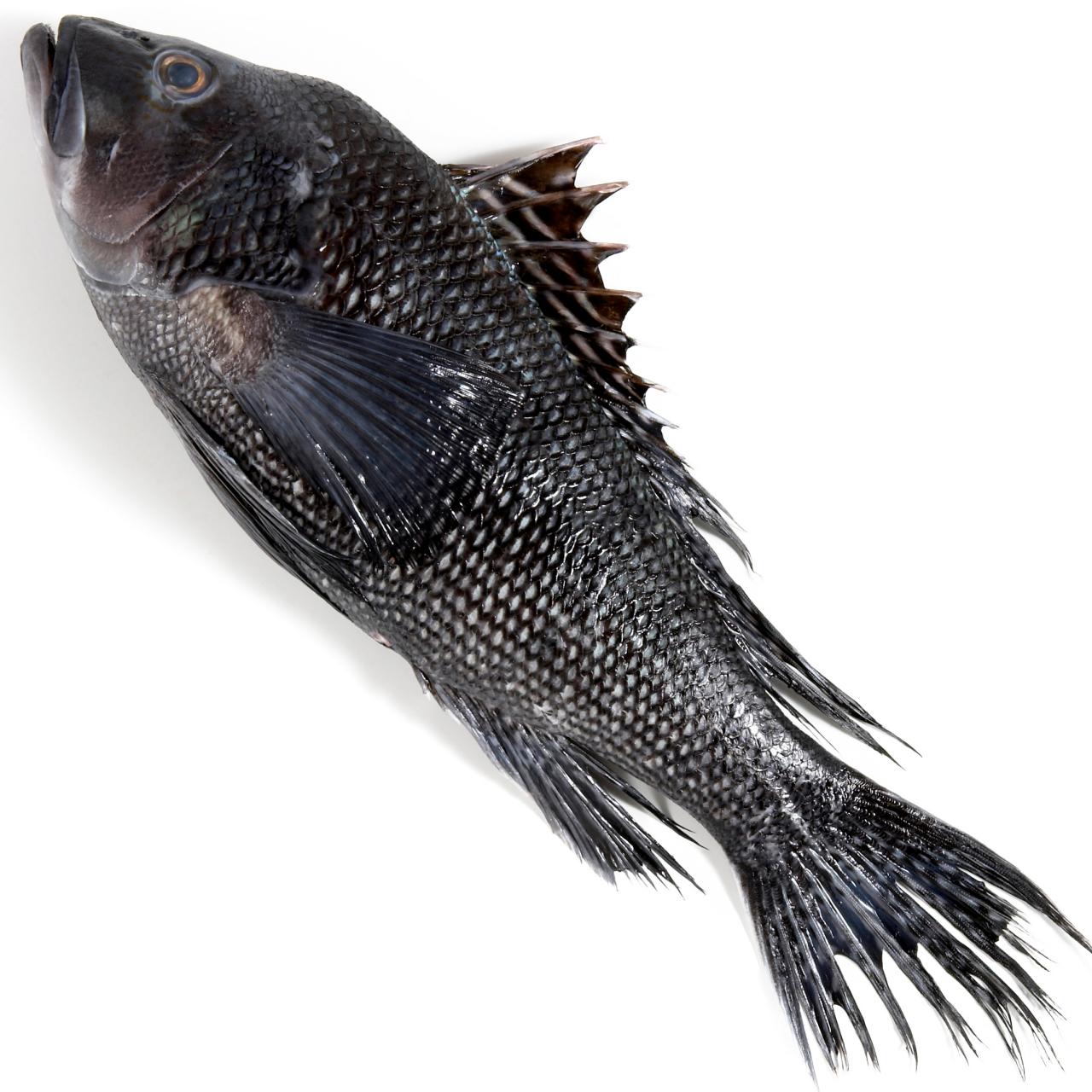
In conclusion, sea bass is a delectable fish with a mild flavor that appeals to a wide range of palates. Its versatility in cooking methods and ability to pair well with various flavors make it a favorite choice among chefs and home cooks alike. Furthermore, sea bass offers numerous health benefits, such as being a rich source of omega-3 fatty acids and promoting heart health. By supporting sustainable practices in sea bass farming and fishing, we can ensure the longevity of this flavorful fish for future generations to enjoy. Incorporating sea bass into your diet is not only a delicious choice but also a sustainable one.
Delicious Sea Bass Recipes To Try
Delicious Sea Bass recipes to try:
1. Grilled Sea Bass with Lemon and Herbs: Marinate sea bass fillets in a combination of lemon juice, garlic, and fresh herbs like thyme and parsley. Grill until the fish is flaky and tender, and serve with a squeeze of fresh lemon juice.
2. Pan-Seared Sea Bass with Tropical Salsa: Sear sea bass fillets in a hot skillet until golden brown. Top with a refreshing tropical salsa made with diced mango, pineapple, red onion, cilantro, and lime juice.
3. Baked Sea Bass with Garlic Butter: Place sea bass fillets in a baking dish and brush with a mixture of melted butter, minced garlic, and lemon juice. Bake until the fish is cooked through and the topping is golden and bubbly.
4. Poached Sea Bass in White Wine: Simmer sea bass fillets in a fragrant combination of white wine, lemon slices, shallots, and herbs. Serve with the reduced poaching liquid as a delicate sauce.
Try these flavorful recipes to unleash the full potential of sea bass in your cooking repertoire.
Final Thoughts On Incorporating Sea Bass Into Your Diet
Incorporating Sea Bass into your diet can be a delicious and nutritious choice. Its rich flavor and delicate texture make it a versatile ingredient that can be prepared in various ways. Whether grilled, baked, or pan-seared, Sea Bass offers a great source of omega-3 fatty acids, which have numerous health benefits. By including Sea Bass in your meals, you can support heart health, reduce inflammation, and promote brain function. Additionally, with sustainable farming practices becoming more prevalent, you can enjoy Sea Bass knowing that you are making an eco-friendly choice. So go ahead and explore the flavors of Sea Bass while reaping its nutritional benefits.
FAQ About Sea Bass: Unveiling The Flavorful Fish
Q: What is Sea Bass?
A: Sea Bass is a popular type of saltwater fish known for its delicate texture, mild flavor, and versatility in cooking.
Q: What are the types of Sea Bass?
A: Some common types of Sea Bass include European Sea Bass (Dicentrarchus labrax), Chilean Sea Bass (Dissostichus eleginoides), and Asian Sea Bass (Lates calcarifer).
Q: How should Sea Bass be cooked?
A: Sea Bass can be grilled, baked, steamed, or pan-seared. It is often seasoned with herbs, spices, and citrus to enhance its natural taste.
Q: Is Sea Bass healthy to eat?
A: Yes, Sea Bass is a nutritious choice as it is rich in protein, omega-3 fatty acids, vitamins, and minerals. It can be part of a balanced diet.
Q: Where is Sea Bass commonly found?
A: Sea Bass is found in various oceans around the world, with different species inhabiting specific regions. It is a sought-after fish in many cuisines globally.
Q: Can Sea Bass be a sustainable choice?
A: It is essential to choose Sea Bass that is sustainably sourced to help maintain fish populations. Look for certifications like MSC (Marine Stewardship Council) when purchasing Sea Bass.

Panda Cafe offers delicious dining and takeout to Fairfax, VA.
Panda Cafe is a cornerstone in the Fairfax community and has been recognized for its outstanding Chinese cuisine, excellent service, and friendly staff.